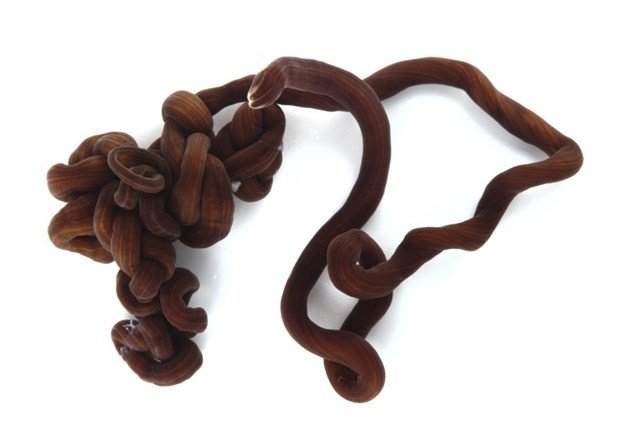
With lengths up to 55 meters long, the boot cord worms are part of a group of marine worms with a little known chemistry.
According to a researcher at the University of Queensland, Johan Rosengren, a family of potent protein neurotoxins is present in the lacewings and could have a wide range of commercial applications. His study has been published in Scientific Reports.
Worm boot cord
The toxin from the bootworm, known as nemertida alfa-1, was identified in the large amounts of thick mucus that the worm produced when it was harassed. According to Rosengren:
The proteins of marine snails, snakes, spiders and scorpion poisons have been used as drugs, pharmacological tools and within biotechnology and agriculture. The most potent of the new toxins identified produces effects on invertebrates similar to tetrodotoxin, a known toxin from the puffer fish that causes paralysis. This makes it a potentially ideal insecticidal toxin (...) Much work remains to be done to fully characterize these peptides, but we hope to find out if we can use the defense molecules of the shoelace worms to control insect pests. that destroy crops and spread the disease.